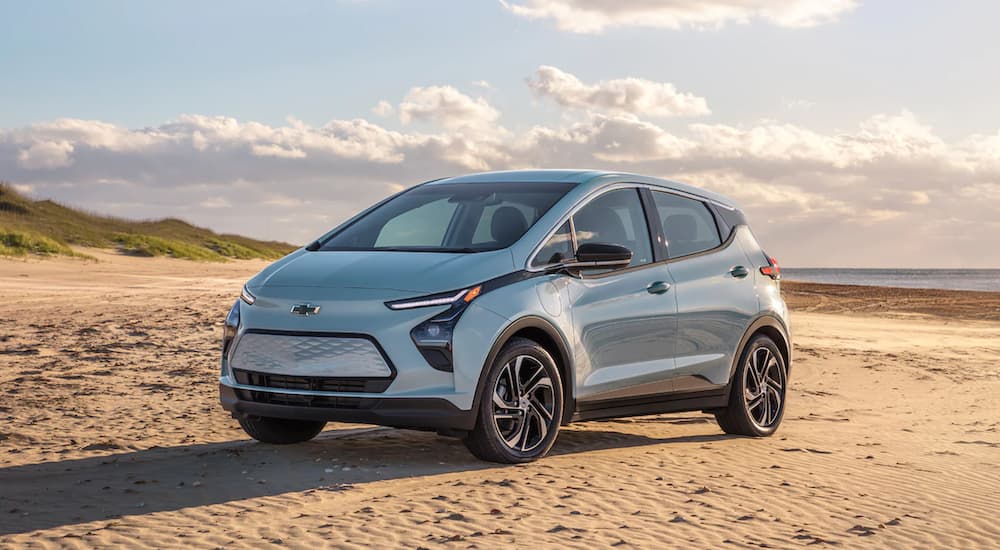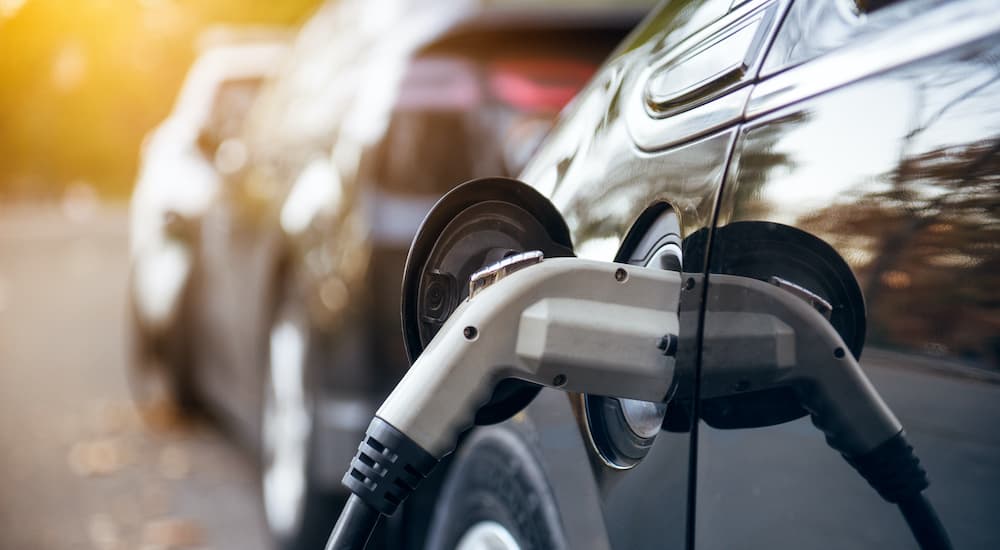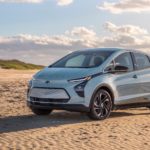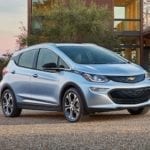There are many different vehicles on the market, and electric vehicles are some of the newest offerings that buyers can consider. Some people buy electric vehicles for their lack of emissions. Others buy them for their lower operating costs and the convenience of recharging at home. However, many people are concerned by the newness of electric vehicles and wonder how safe they are when compared to other vehicles. But as any electric car dealership can inform buyers, electric vehicles are in many ways safer than gasoline vehicles.
The biggest difference between an electric vehicle and a gasoline vehicle is the power source. A gasoline vehicle has an internal combustion engine, burning the fuel in the engine to create power. An electric vehicle has a battery pack that sends energy to the electric motor, which then turns the wheels. The use of an electric motor leads to a vehicle that has no emissions output, and that also requires less maintenance since there are fewer moving parts and fluids to monitor. Electric vehicles are also more efficient, burning less overall energy and running on inexpensive electricity that can be freely recharged in your garage or driveway instead of needing to regularly visit a gas station.
Battery Safety
Because the battery is one of the most important parts of an electric car, there is a lot of concern about it. In fact, when electric vehicles first hit the market, there were some reports of fires following collisions. These were caused by a damaged battery short-circuiting and overheating following the crash. However, while such fires are always possible, they are very much the exception rather than the rule. The lithium-ion batteries included in electric vehicles are designed to stand up to a lot of abuse and are located in parts of the car that are difficult to damage. It should always be remembered that gasoline cars are also filled with extremely flammable fuel and that gasoline fires can be even more dangerous than battery fires. In fact, research suggests that gasoline cars are nearly twice as likely to catch fire as electric cars.
Built-in battery cooling systems were quick to be improved upon as the risk of fires hit the press. The idea of a lithium-ion battery overheating or catching fire, seen more often in laptop computers or mobile phones than cars, is a reaction known as thermal runaway. Though this occurs very rarely in electric vehicles, the manufacturers added another fail-safe system to prevent this reaction. The batteries are surrounded by a protective cooling shroud filled with chilled liquid coolant. Should the batteries overheat despite this cooling system, they are usually installed in arrays rather than a single large battery pack. These clusters are further protected by firewalls that divide the amount of damage a single battery can do if it does overheat. With all of this additional engineering, the likelihood of a serious battery fire is massively reduced.
Electric vehicles also have built-in safety disconnects designed to cut power in the event of a collision. Most of the reported fires were later found to have been caused by a driver previously running over debris that damaged the battery cells. The drivers may not have realized the damage occurred, leading to a lack of follow-up maintenance and the resulting fires. After these incidents, many electric vehicle manufacturers changed the design of their battery packs to resist such damage and prevent fires. For instance, Tesla includes aluminum plates between the batteries and passenger compartment, while Volvo wraps the entire battery in an aluminum safety cage.
Other Considerations
Electric vehicles are well known for their lack of emissions: both pollutants and noise. These vehicles are nearly silent while they are running, especially at low speeds, and this was a problem when they first hit the market. Electric vehicles were thought to be 35% more likely to be involved in accidents with pedestrians, according to a 2011 study. Because of this, manufacturers were legally required, beginning in 2020, to install electronic noise emitters. These are designed to generate sound, similar to an internal combustion engine, and usually mounted behind the front and rear bumpers.
However, when it comes to the occupants of the vehicle, the electric drivetrain actually improves safety. The heavy batteries are placed low in the vehicle, dropping the center of gravity and massively reducing rollover risk. The lack of a large engine upfront can also make it easier to design the vehicle to absorb the impact of a collision. Many electric vehicles have earned five-star crash test and rollover ratings from the National Highway Traffic Safety Administration. This is a happy side effect of design decisions focused on energy storage and powertrain issues in electric vehicles rather than a choice made solely with safety in mind.
Why It Matters
As electric vehicles appear in more and more dealerships nationwide, it becomes necessary to continue to give buyers what they want. By adding noise emitters, electric vehicles have become more familiar to drivers used to the noise of a gasoline engine. This can relax some hesitant buyers by keeping them in familiar territory. Being in a nearly silent electric vehicle can take some getting used to if you’ve never done it before. The electronic noise emitters are designed to be particularly noticeable at low speeds, with low whining noises accompanying any vehicle maneuvering.
The many measures taken for battery safety are necessary not only to stop doubts caused by bad press but to keep customers from tragic wrecks. The fact that many electric car batteries are designed to automatically disconnect in the event of a collision shows that manufacturers paid attention to the early crashes that resulted in fires and took safety measures immediately. Adding coolant and surrounding the battery cells with it ensures that an ideal temperature is maintained.
Having a safer framework gives electric vehicles higher ratings and more public appeal as a result. The low rollover risk increases the chances of the vehicle staying upright in the event of a collision, which lowers the potential for injuries. If the battery pack was mounted any differently, this would cease to be the case, and the reports of fire following electric vehicle collision might have been worse. Adding the potential for rollover to those early accidents would definitely lead to increased injuries and might have even destroyed any chance the electric vehicle had to become so popular.
Electric Vehicles: Modern Wonders Electric vehicles have undergone a lot of necessary fixes since hitting the market. Negative stories have come and gone, and still, people continue to flock to these zero-emission, quieter than average vehicles. Better batteries, more efficient design, and newly adopted safety measures were all carefully added to address problems as they cropped up. This led to higher safety ratings and better pricing. Though electric vehicles have garnered some suspicion, the alterations have all been for the better and served to maintain the reputation of electric vehicles. Overall, through the efforts of buyers, manufacturers, and sellers, electric vehicles have been improving one step at a time, making them some of the safest vehicles on the modern road.






